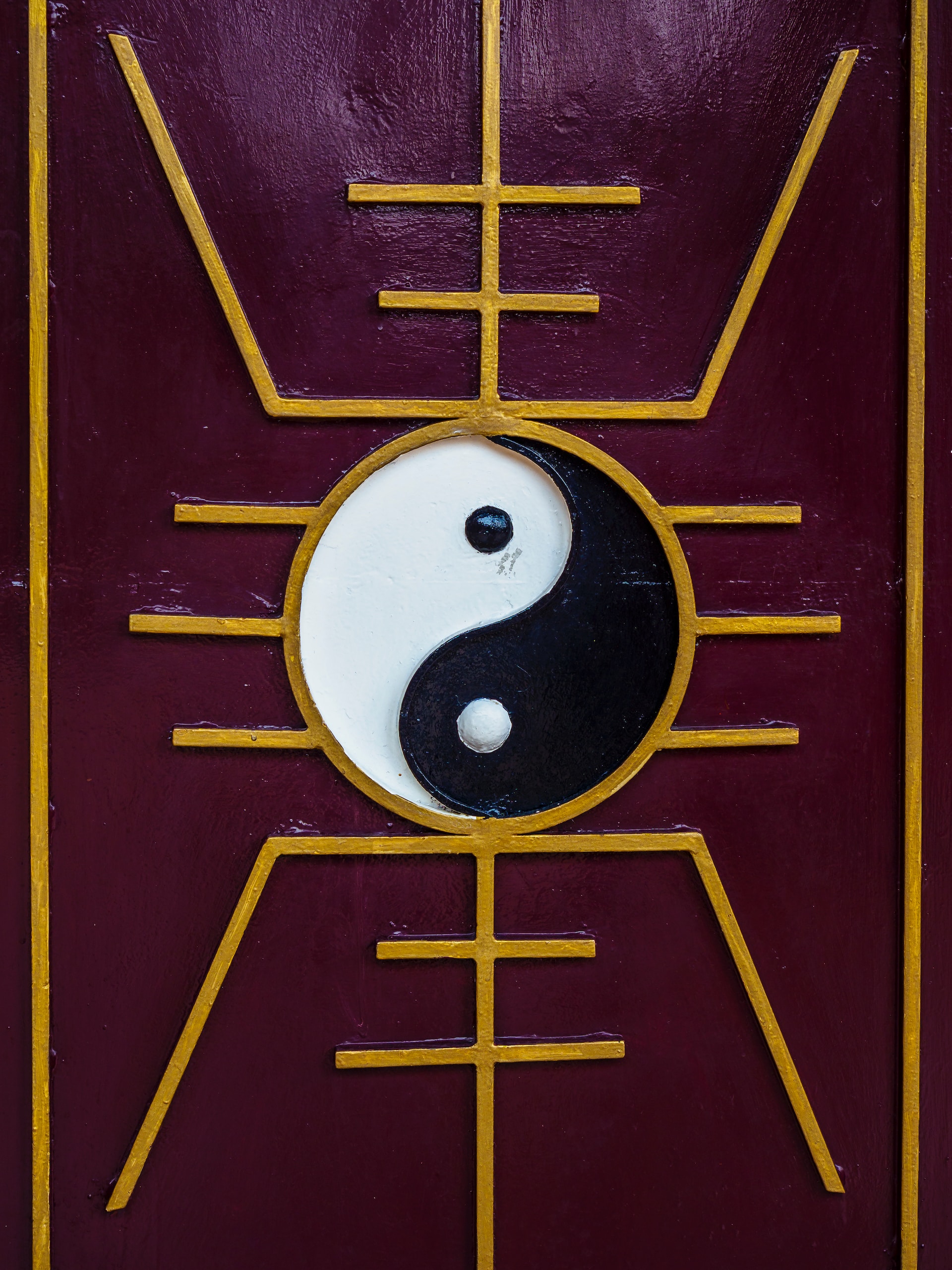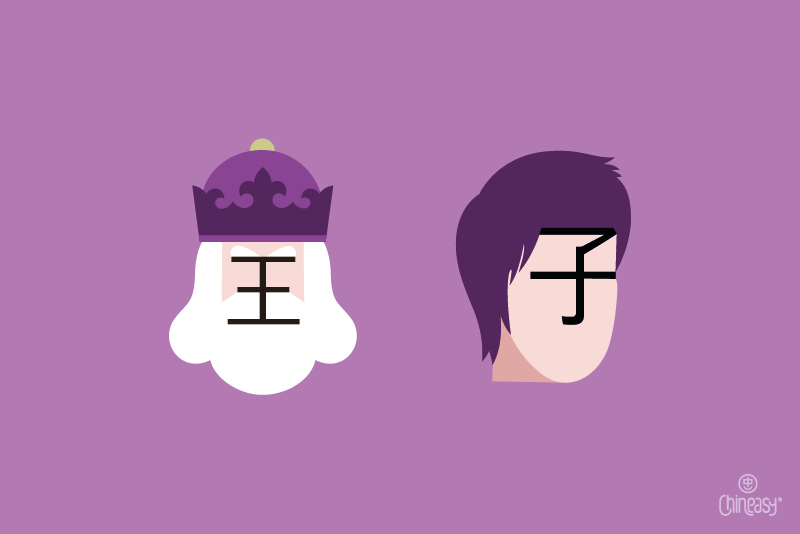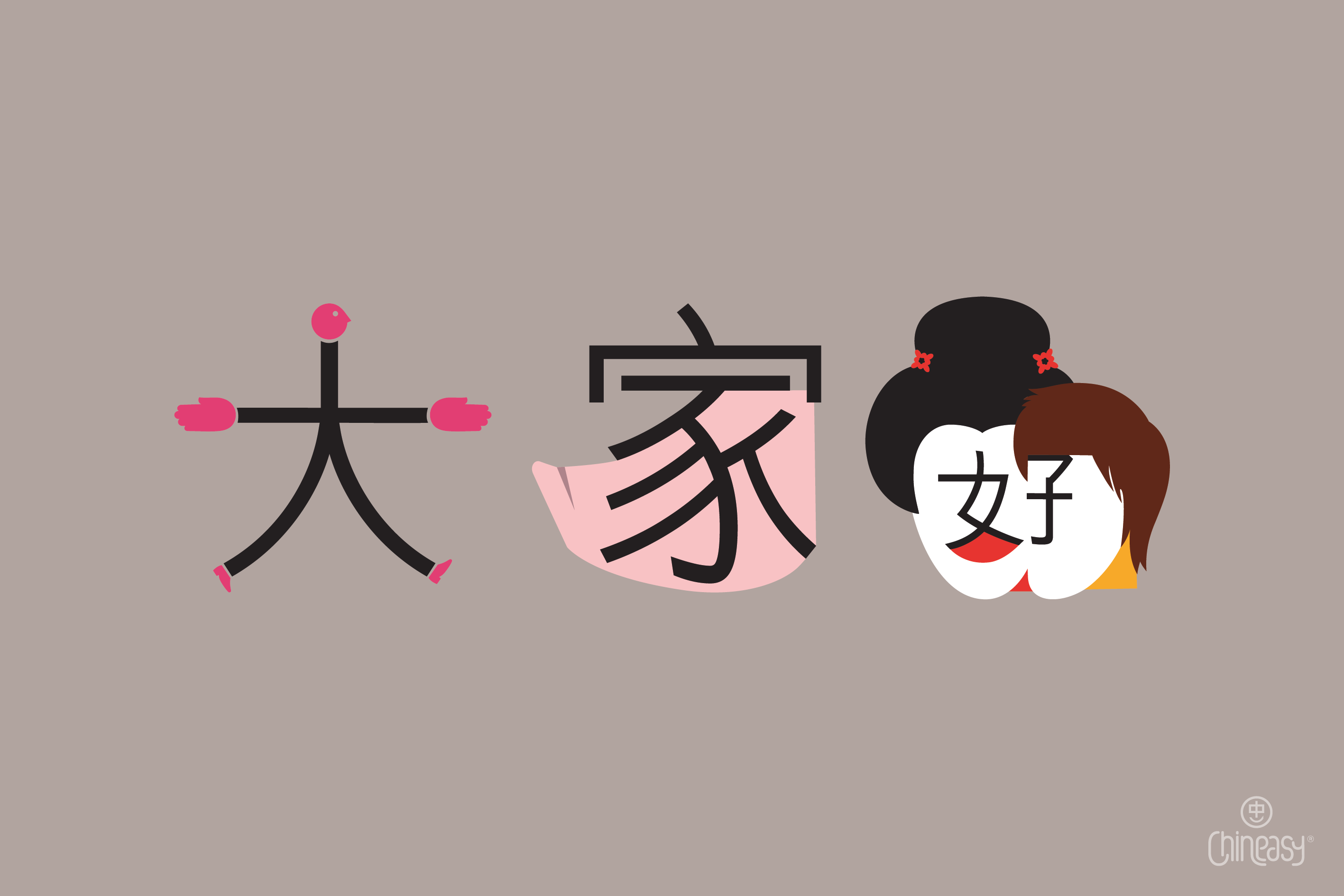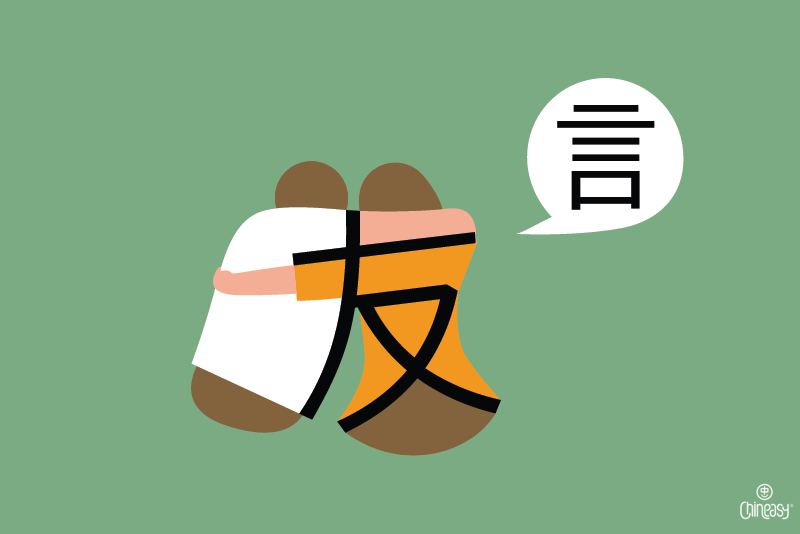When ancient Taoist wisdom bridged the gap from the East to the Western psyche, two key figures stood at the forefront: Richard Wilhelm (1873 – 1930) and Carl Jung (1875 – 1961).
This narrative begins with Richard Wilhelm immersing himself in the mystical world of China and Carl Jung using groundbreaking curiosity to understand the human mind. Their common thread? The I-Ching, or the Book of Changes.
This post will take you on a journey to explore how the I-Ching, an ancient Chinese divination text that is more than 5,000 years old, connected these two extraordinary men. We’ll see through their eyes how this classic Chinese text crossed cultural borders, knitting the East and West in a shared quest for understanding the human soul.
It’s more than history; it’s a story of spiritual and intellectual exploration sparked by the timeless wisdom of Tao.

Photo by Alexander Schimmeck on Unsplash
Richard Wilhelm’s Journey to China
In 1899, Richard Wilhelm, a young German sinologist and missionary, embarked on what was to be a monumental journey, one that would significantly alter the Western world’s reception of ancient Chinese wisdom. His destination was Qingdao (青島; qīngdǎo), China, a place he would call home for the next 25 years.
Initially, Wilhelm set out with a single purpose: to spread Christian teachings among the local people. However, the more he immersed himself in his surroundings, the roles began to reverse — China became his teacher.
Wilhelm spent countless hours with knowledgeable Chinese scholars, delving deep into seminal works such as the I Ching (易經/易经; yì jīng) and the Secret of the Golden Flower (太乙金華宗旨; tài yǐ jīn huá zōng zhǐ).
Wilhelm’s journey transcended mere academic pursuits. He evolved into a crucial link between the East and West, both as a scholar and a cultural translator.
His translations were more than academic exercises. They were acts of deep respect and admiration, carefully crafted to conserve the texts’ intrinsic wisdom.
The contributions Richard Wilhelm made are priceless. He provided the keys that unlocked the mystic wisdom of ancient Eastern texts, inviting the Western world to explore a rich legacy of knowledge, a treasure that had thrived, hidden from Western consciousness, for millennia.
Carl Jung and the Taoist Connection
Swiss psychiatrist Carl Jung, known for pioneering depth psychology in the early 20th century, found profound inspiration in Taoist philosophy.
This ancient wisdom, with its emphasis on harmony and balance, mirrored Jung’s insights into the deep interconnectedness within human nature.
A transformative moment in Jung’s career was his encounter with the I Ching, introduced to him by Richard Wilhelm. This age-old book of divination resonated with Jung’s concept of synchronicity, the belief in meaningful coincidences reflecting deeper patterns in the human psyche.
Delving into the I Ching, Jung explored the striking parallels between his analytical psychology and Taoist philosophy. Both acknowledged life’s inherent duality and pursued a holistic approach: the Tao sought harmony through balance, while Jung aimed for the integration of conscious and unconscious elements within the mind.
Jung’s integration of Eastern and Western thought marked a unique trajectory in psychology. His work underscored the importance of global wisdom in unravelling the complexities of the human psyche, offering a more interconnected view of humanity.
The Meeting of Minds: Carl Jung and Richard Wilhelm
The paths of Carl Jung and Richard Wilhelm first crossed in the early 1920s at the School of Wisdom in Darmstadt, Germany, igniting a collaboration that would profoundly impact both men and echo beyond their lifetimes.
Jung discovered a deep fascination with Wilhelm’s German translation of the I-Ching, drawn to its intricate system of symbolism and the concept of synchronicity it presented. This notion, where disparate events interconnect within a larger, meaningful reality, meshed with Jung’s explorations of unconscious archetypes.
Encouraged by Jung, Cary Baynes, a close colleague of his, undertook the significant task of translating Wilhelm’s I-Ching rendition into English, which was accomplished by 1950. This version would later captivate a global audience, becoming a bestseller and an essential reference in the realm of comparative philosophy and psychology.
Yet, the I-Ching wasn’t the sole focus of their intellectual communion. Wilhelm’s translation of The Secret of the Golden Flower also deeply resonated with Jung. Their cooperative work culminated in the 1929 publication of this profound text, augmented by Jung’s insightful commentary.
It represented more than scholarly discourse; it was a harmonious fusion of Eastern and Western thought, unveiling the profound layers of Taoist wisdom to an expansive new audience.
This historic collaboration, embodied in their critical works, charted a course still explored by contemporary seekers of wisdom. The enduring legacy of Wilhelm and Jung converges the timeless insights of the I-Ching and The Secret of the Golden Flower with the depths of analytical psychology, offering ongoing inspiration and guidance in the eternal human quest to fathom the mysteries of existence.
Final thoughts
The extraordinary path Richard Wilhelm carved through China and his collaboration with Carl Jung heralded a new era, introducing the profound depths of ancient Chinese thought to the Western psyche. This merging of diverse intellectual heritages revolutionized perspectives in psychology and philosophy.
This influence permeates our methods of nurturing the mind and enhancing well-being. Concepts rooted in ancient Eastern philosophy—such as mindfulness, self-compassion, and non-judgmental awareness—are now integral to numerous therapeutic practices.
Moreover, the enduring philosophies found in texts like the I-Ching and the Secret of the Golden Flower persist in guiding our exploration of the human mind. They bridge cultural divides, weaving together the insights of East and West, and continue to provide priceless wisdom relevant to our modern world.



